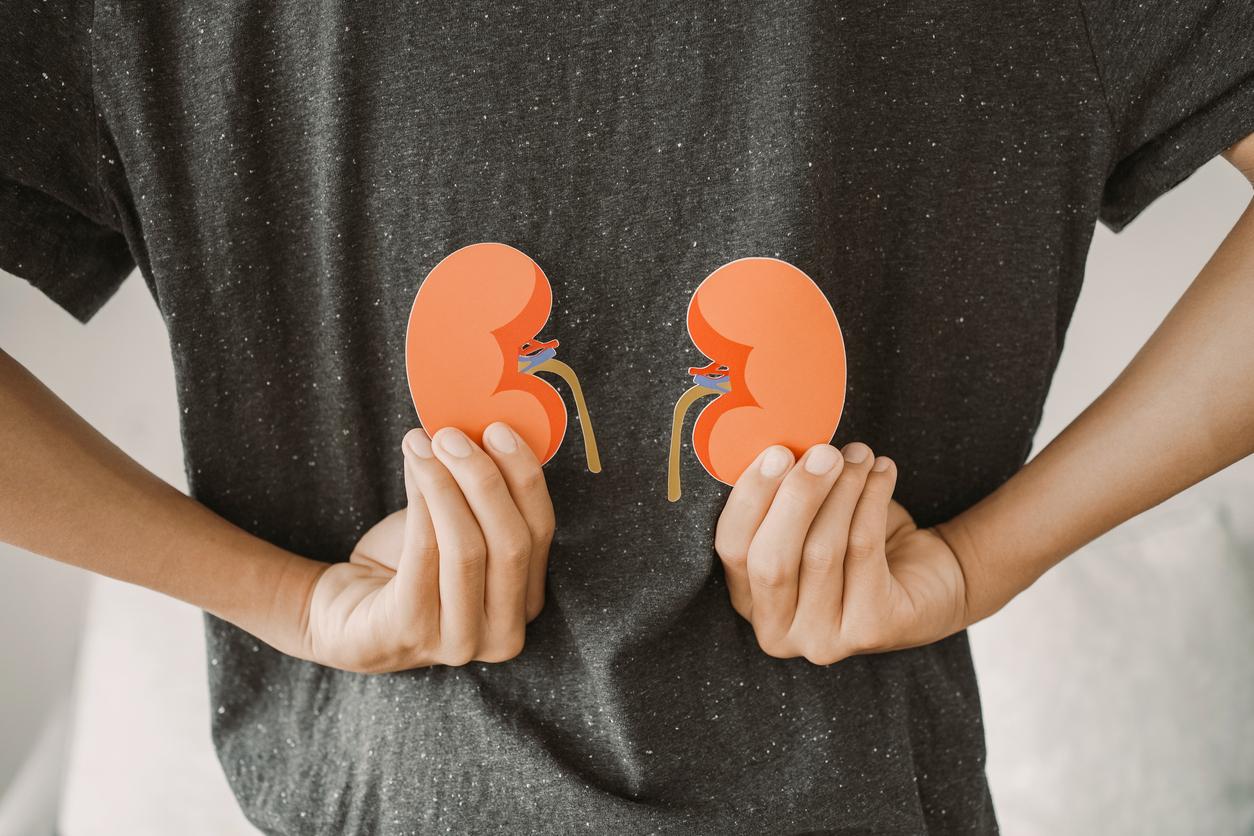The treatment of end-stage renal disease is based on dialysis and kidney transplantation. This can be done post-mortem or from a living donor.
“A transplant is the best treatment for end-stage chronic renal failure, and, when it is possible from a living donor, it provides specific benefits, particularly with regard to the life of the graft” explains the ‘Biomedicine Agency.
13% of transplants from living donors
The number of transplants from a living donor (most often a family member or a close friend) is increasing since they represented 13% of the number of transplants in 2013 against 8% in 2008. But they still remain too little practiced because often ignored by patients and their families.
As the Haute Autorité de Santé emphasizes: “early and comprehensive information for patients and those around them is an essential prerequisite for the development of transplants from living donors. However, access to this information seemed insufficient in France ”.
This is why the Biomedicine Agency is renewing its information campaign entitled “Un don en moi”, from October 13 to 26. A campaign broadcast on radio and television but also relayed on the agency’s website.
Transplant: a waiting time of 15 months on average
In 2013, 4,467 new patients were registered on the national waiting list for a kidney transplant, an increase of 3.1%. Among these new registrants, 61.2% are men and 38.8% are women.
The total number of candidates for a kidney transplant (new registrants + patients still waiting on January 1 of the year) reached 14,336 in 2013, an increase of 7% in 1 year and 40% in 5 years.













-1730888646.jpg)


